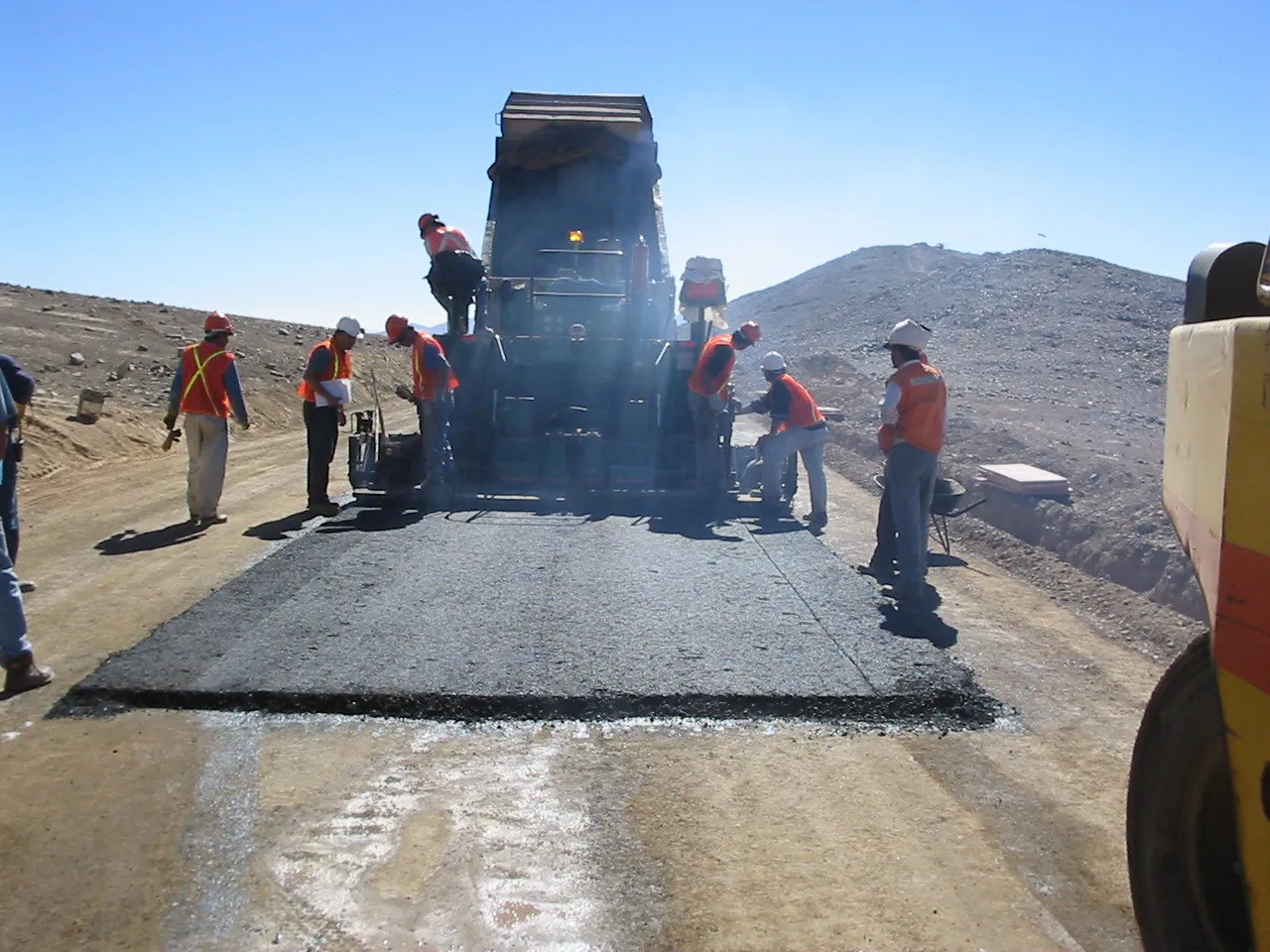The Republic of Congo government wants to create 3,000km of tarmac roads in the country by 2015, compared to the present 1,675km, to aid the mobility of people and goods in the country and encourage trade growth. If the goal is reached, it will increase national tarmac coverage from 9.5% to 16%. The Republic of the Congo has a national road network of 17,300km, including 9,522km of rural roads, 2,333km of regional roads, and 5,445km of national roads. The country implemented a national transport plan in 201
August 27, 2013
Read time: 1 min
The Republic of Congo government wants to create 3,000km of tarmac roads in the country by 2015, compared to the present 1,675km, to aid the mobility of people and goods in the country and encourage trade growth.
If the goal is reached, it will increase national tarmac coverage from 9.5% to 16%. The Republic of the Congo has a national road network of 17,300km, including 9,522km of rural roads, 2,333km of regional roads, and 5,445km of national roads. The country implemented a national transport plan in 2010 which meant that more than 5,000km of unsurfaced roads were made passable all year round.
If the goal is reached, it will increase national tarmac coverage from 9.5% to 16%. The Republic of the Congo has a national road network of 17,300km, including 9,522km of rural roads, 2,333km of regional roads, and 5,445km of national roads. The country implemented a national transport plan in 2010 which meant that more than 5,000km of unsurfaced roads were made passable all year round.







